Aglaonema Nightsparkle Tissue Culture
$7.53
Aglaonema Nightsparkle Plant is a native of Madagascar. It is known for its beauty and exotic fragrant flowers. The plant is a member of the nightshade family and it has been used by local people in Madagascar as a cure for various ailments since ancient times.
The Aglaonema Nightsparkle Plant is very easy to grow and care for. It does require a lot of light but can grow even in partial shade. It is a fast-growing plant, which makes it ideal for those who have little time to spend tending to their plants.
Out of stock
SKU: AGLNIG800105105T
Category: Tissue culture
Aglaonema Nightsparkle Plants Growing Ideas And Benefits
- If you want to grow the Aglaonema Nightsparkle Plant in your garden, you will need to dig up and remove the root ball from the bottom of the container. It should be kept in a place away from direct sunlight. Place the root ball into the hole and fill it with peat moss or another medium to provide support to the plant. When the root ball is full, place it in the sun and give it three to four hours per day.
- Care instructions on the leaflet that comes with the Aglaonema Nightsparkle Plant are as follows: Water regularly with clean water from a bucket. Do not over-water the plant, as this can cause fungal decay to take place. The plant is also tolerant of high temperatures.
- You can prune the Aglaonema Nightsparkle Plant at any time. The branches should be cut back if they are bending. You can also trim the leaves of the plant. When you are ready to plant the plant, you will have to water it immediately.
- You can plant the Aglaonema Nightsparkle Plant in pots, on stones, or even in the ground. To water the plant, simply lay it on the soil and make sure that it gets enough water. Do not over-water it, as the roots will rot and die off. After the plant has established itself, prune it every six months.
- You should not prune the Aglaonema Nightsparkle Plant too often. This will cause the plant to have yellow leaves and the flower buds to wither. You should also not water the plant if it is suffering from severe weather.
- If you intend to use the Aglaonema Nightsparkle Plant in your garden, ensure that the soil remains moist at all times. The root ball should remain submerged to allow the roots room to grow without causing damage. If you have a garden hose at hand, use it for watering the plant, and do not use chemicals to do it.
- In case the Aglaonema Nightsparkle Plant becomes too tall for you to manage, you can tie it in a large container to prevent its height from getting out of control. Be careful though, as it may start to droop if you do so. Also, try to keep the container covered when the plant is dormant. This will help prevent it from getting damaged by wind.
- The Aglaonema Nightsparkle Plant grows best when placed on smooth soil that contains little to no clay or silt. You should not use loose gravel or sand, as these can cause too much water to collect in the root ball. and this will make the roots rot easily. Also, the roots should always be kept watered and the plant should be kept in good health.
- When you see the Aglaonema Nightsparkle Plant starting to wilt, you can prune the plant. Be careful not to cut off too much of the roots as this can cause the plant to wither and die. You can also remove the lower leaves of the plant if you do this too often.
- The Aglaonema Nightsparkle Plant does not need any fertilizer, but it does require regular watering. It is best if you water it from the bottom up with clean, fresh water. When the plant starts to wilt, gently pour water on the bottom of the pot and keep the plant in place until the soil starts to dry. Then water again from the top.
- The most important part of caring for this type of Aglaonema Nightsparkle plant is to make sure that the soil stays moist at all times. This will prevent it from rotting.
- Since the Aglaonema Nightsparkle Plant is considered to be very safe, many people are using this in treating the condition. It has very low toxicity and it is also very effective to cure the condition. It is a natural remedy so it is very much suitable for all skin types and it is also very safe.
- The use of Aglaonema Nightsparkle Plant is very popular because of its ability to reduce the pain and inflammation of the skin. It has also helped to ease the discomfort caused by this skin disorder. The soothing effect it gives is also good for the skin so it is used to reduce the damage caused to the skin.
- This Aglaonema Nightsparkle Plant is a good source of vitamins, minerals, and antioxidants. It is also considered to be a safe and natural herbal remedy for Aglaonema.
Be the first to review “Aglaonema Nightsparkle Tissue Culture” Cancel reply
Related products
Tissue culture
$8.10
Tissue culture
$7.74
Tissue culture
$7.74
Tissue culture
$9.33
Tissue culture
$7.74
Tissue culture
$7.53
Tissue culture
$9.33
Tissue culture
$7.74

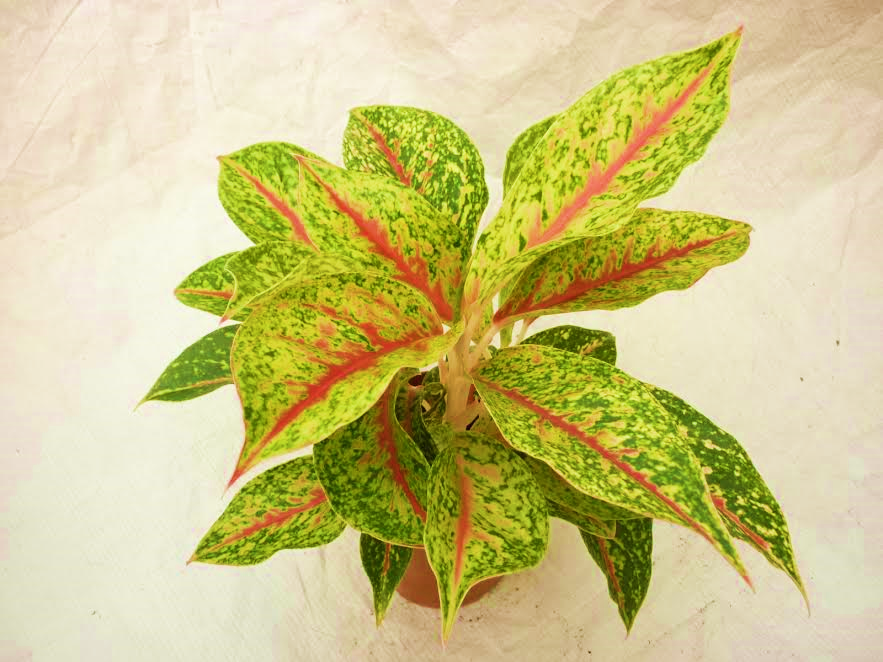
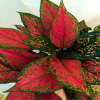
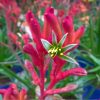
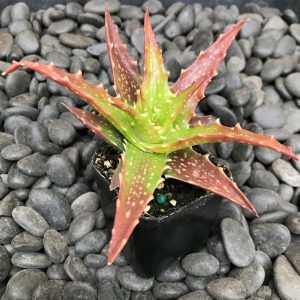
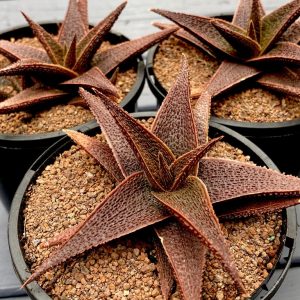
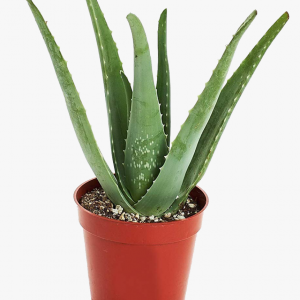
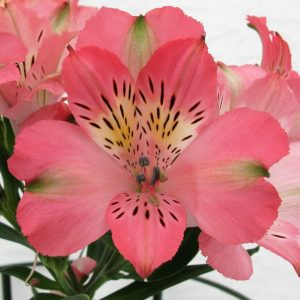
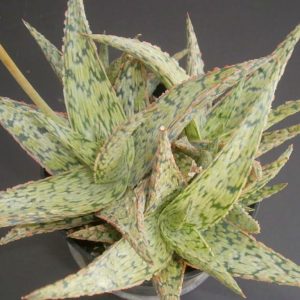
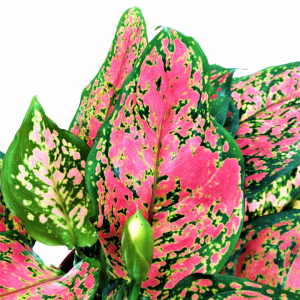
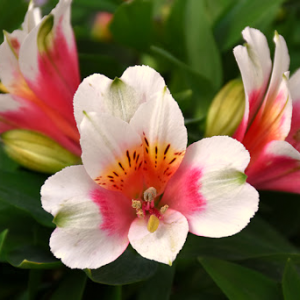
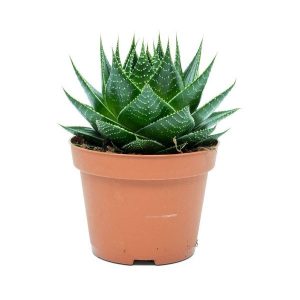
Reviews
There are no reviews yet.